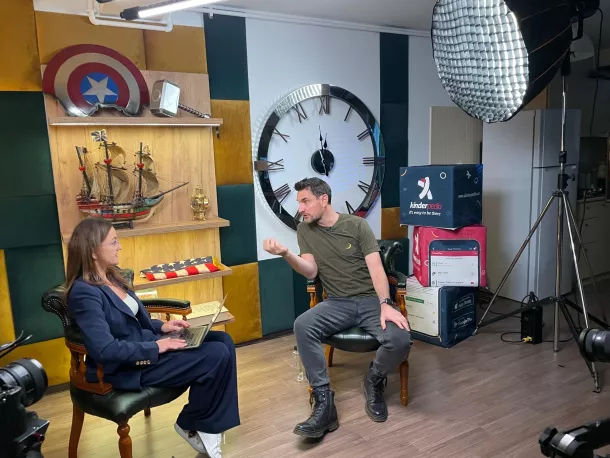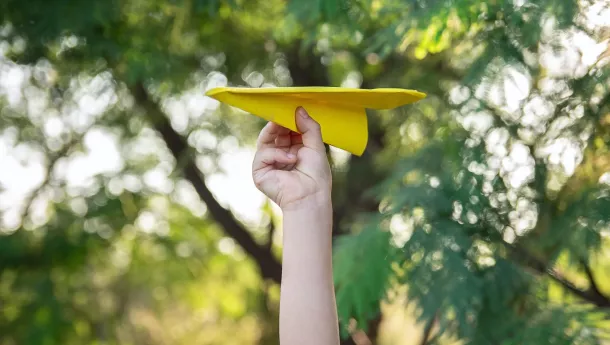In a world that prizes speed, efficiency, and instant results, true change comes from those who think deeply, grow consistently, and act with agility. These skills can – and should – be cultivated every day in our classrooms.
Learnership, developed by James Anderson, is a framework that shifts the focus from being taught to learning with intention. It elevates learning from a simple act to a genuine art.
What Is Learnership?
James Anderson defines learnership as the ability to learn – a combination of attitudes, habits, and skills that help students take ownership of their learning journey.
Common (Passive) Responses from Students
- “I do what my teacher tells me.”
- “I listen carefully.”
- “I try my best.”
These answers reveal a passive approach to learning – one that depends on teaching rather than personal agency. Learnership turns this on its head, encouraging students to become active, aware, and engaged in their own progress.
“Learning is not the product of teaching. It is the product of the activity of learners.”
Instead of seeing learning as a product (grades, results), Anderson invites us to view it as a dynamic process of personal development.
The Three Learning Zones
| Zone | Description | Role of Mistakes |
|---|---|---|
| Comfort Zone | Easy, familiar activities | Mistakes add little or no real value |
| Performance Zone | High-stakes situations where there’s no room for mistakes (e.g., a surgeon in the operating room) | Mistakes are unacceptable |
| Learning Zone | New challenges that require effort and courage | Mistakes are useful opportunities for growth |
Not all mistakes are “good” – some are simply useful when they occur in the right zone, at the right time, and with the right mindset.
The Five Components of Learnership
- Attitude towards challenge – the courage to step outside one’s comfort zone and see difficulty as an opportunity.
- Habits of Mind – thinking habits such as perseverance, reflection, curiosity, and flexibility that underpin deep learning.
- Productive use of mistakes – understanding the context in which mistakes drive progress.
- Constructive feedback and advice – moving from backward-looking, judgmental feedback to forward-looking, actionable advice.
- Managing effort and time – approaching learning as a mindful exercise, not a marathon of perfectionism.
“Never work harder than your students.”
The teacher’s role is not to pull students through their learning but to create the right conditions for them to become explorers of their own growth.
Learnership in Practice – INSPIRA and Kinderpedia
A remarkable example comes from INSPIRA School in Craiova, Romania – the first Cambridge International approved school in the Oltenia region, led by Claudia Cochină.
INSPIRA has embraced the Learnership model and works directly with James Anderson to train teachers who guide students not just in acquiring information, but in understanding how they learn.
“Every child is curious. Authentic education adapts to their learning styles and offers flexible pathways for growth.”
In this context, INSPIRA’s partnership with Kinderpedia plays a key role. Making learning visible – tracking progress, reflection, and metacognition – is essential in developing learnership. Students can see their evolution, understand their challenges, and learn to manage their effort intentionally.
Teachers, on the other hand, can use Kinderpedia to encourage a shared language around mistakes and challenges, offer advice rather than judgment, and follow how students develop their Habits of Mind.
For related insights, see our article on how to make learning a pleasant experience.
INSPIRA thus becomes a living example of how Learnership theory can be embedded into a modern, future-oriented school environment where students can literally see themselves grow – step by step.
How Teachers Can Foster Learnership in the Classroom
- Ask your students: “How do you learn?” – and help them reflect on their own strategies.
- Create stretch challenges within the Learning Zone, where mistakes are stepping stones, not setbacks.
- Build a shared language around mistakes – for example: “This was a useful mistake; it shows us where to grow.”
- Offer advice, not labels – replace “You got this wrong” with “Next time, you might try to…”
- Use visual tools like Kinderpedia to make progress transparent and motivating.
- Encourage reflection – learners who reflect on their learning become more independent and resilient.
From Being Taught to Learning with Intention
The Learnership model reminds us that true education isn’t just about what we teach, but how we help students learn. Claudia Cochină and the INSPIRA team show that this shift in mindset is possible in any school – especially when supported by modern tools like Kinderpedia, which make the learning process visible, measurable, and deeply meaningful.
“Learning is an art. And every child has the potential to become the artist of their own growth.”














